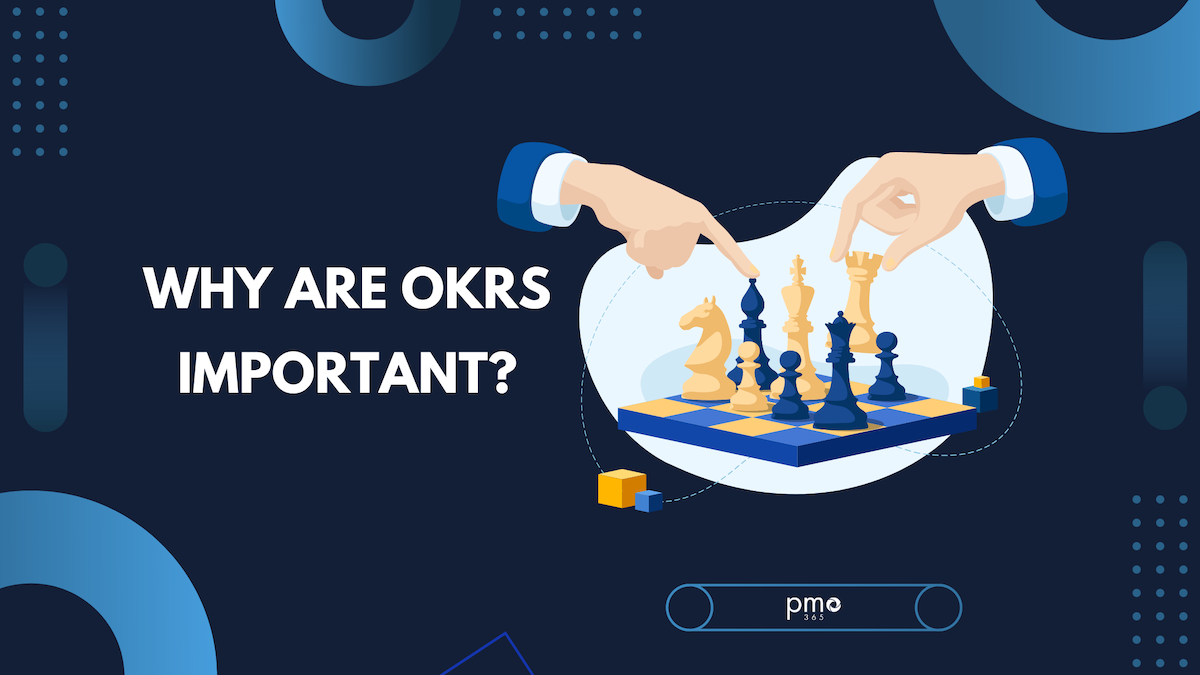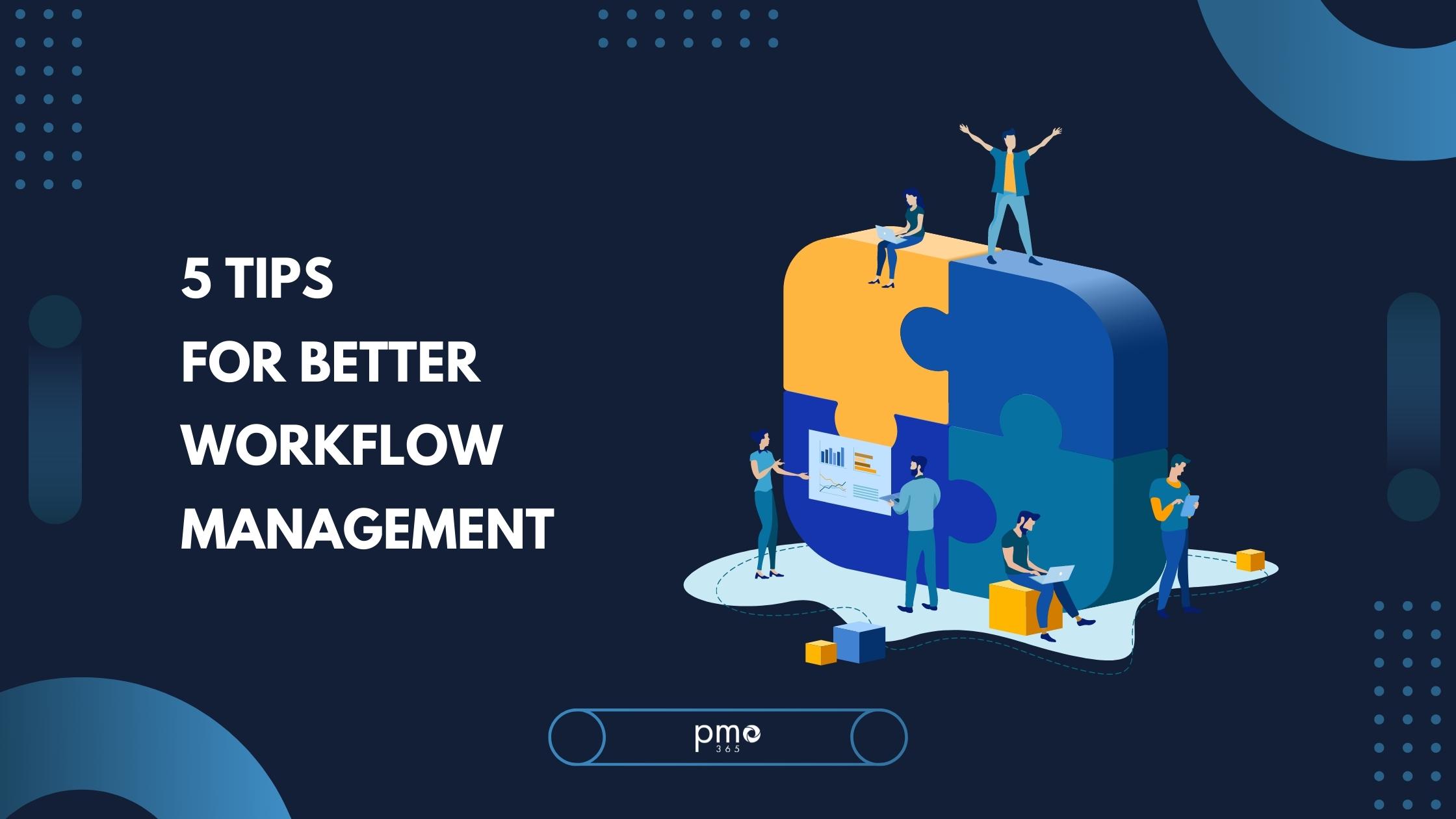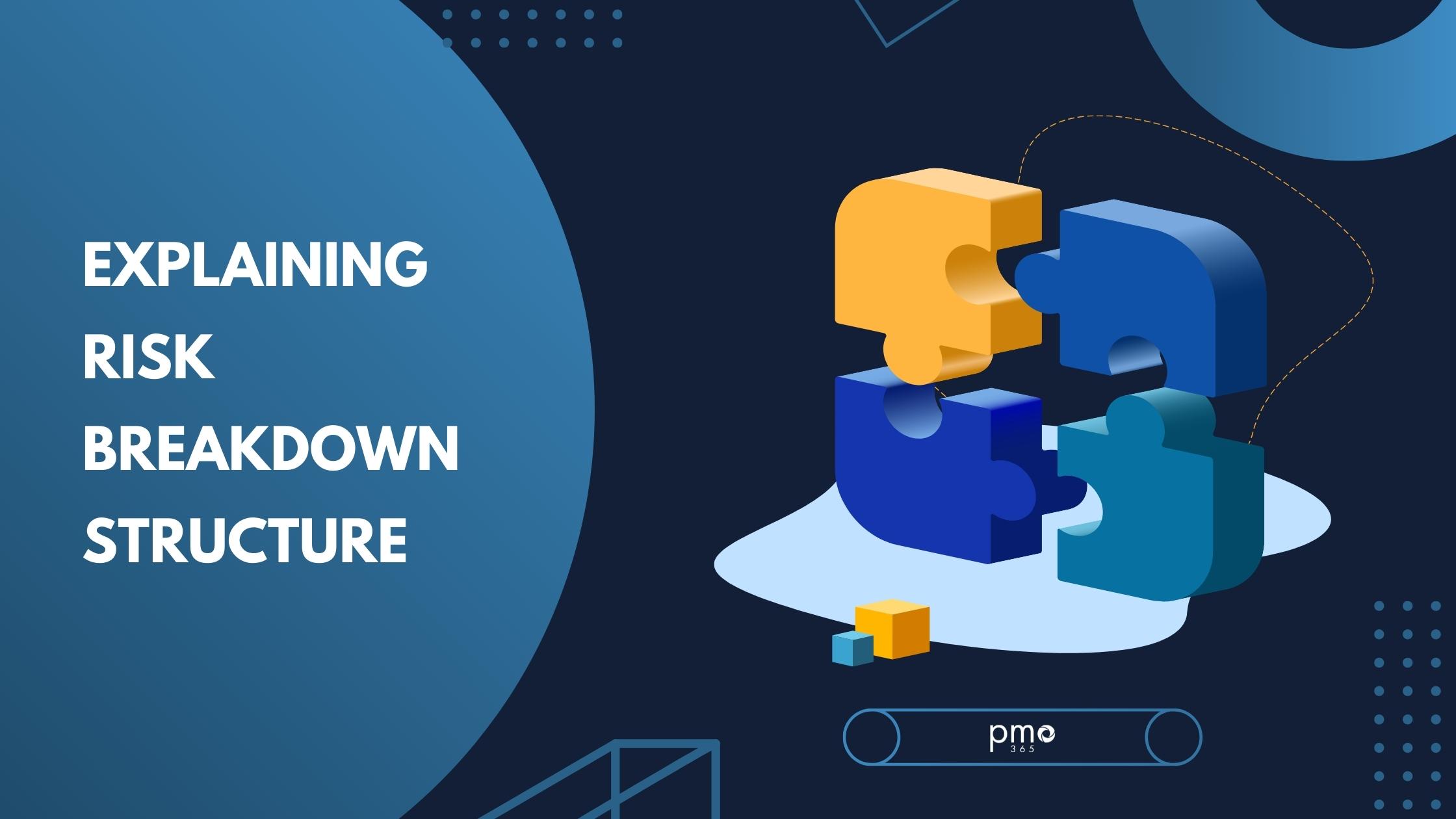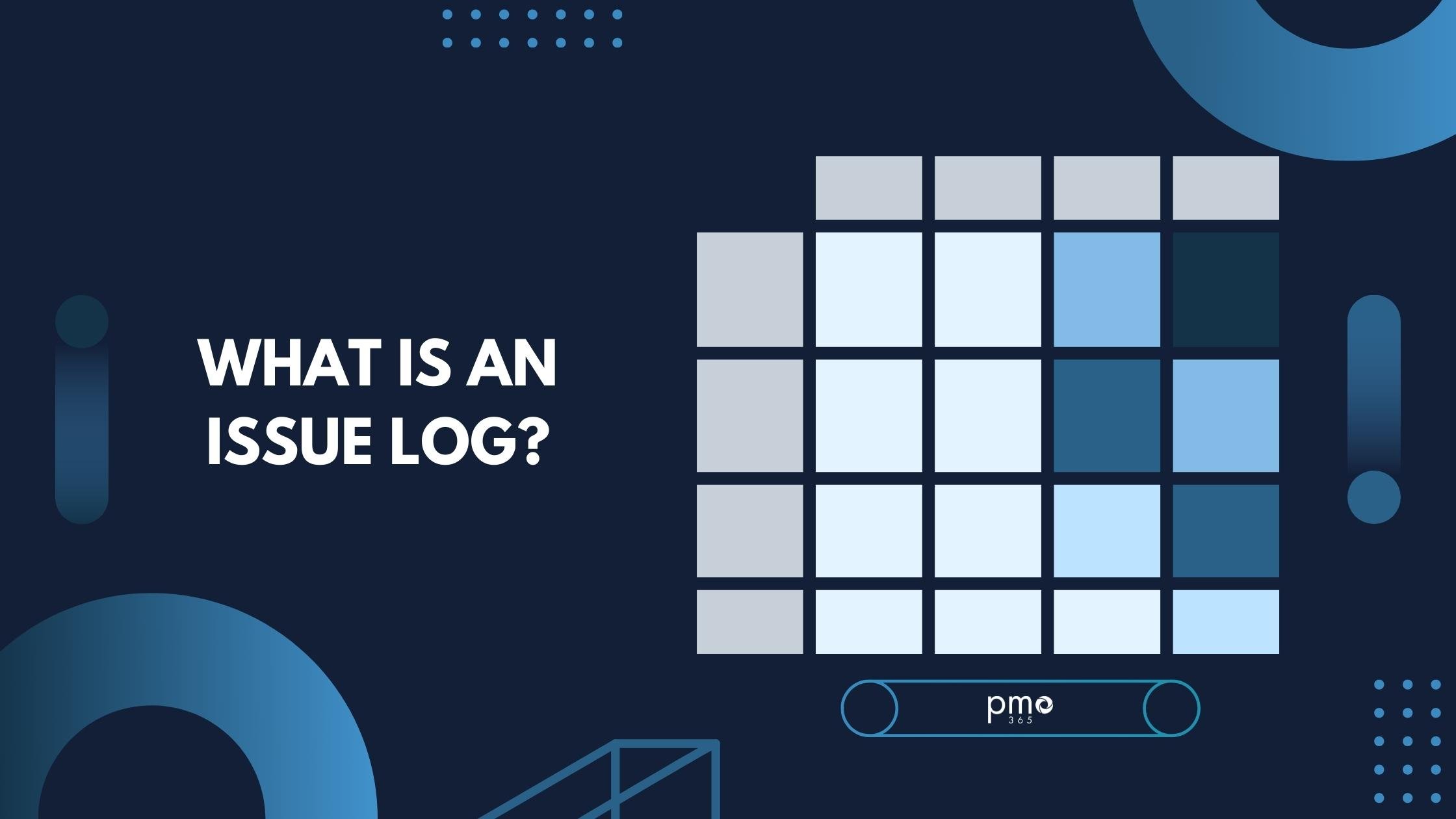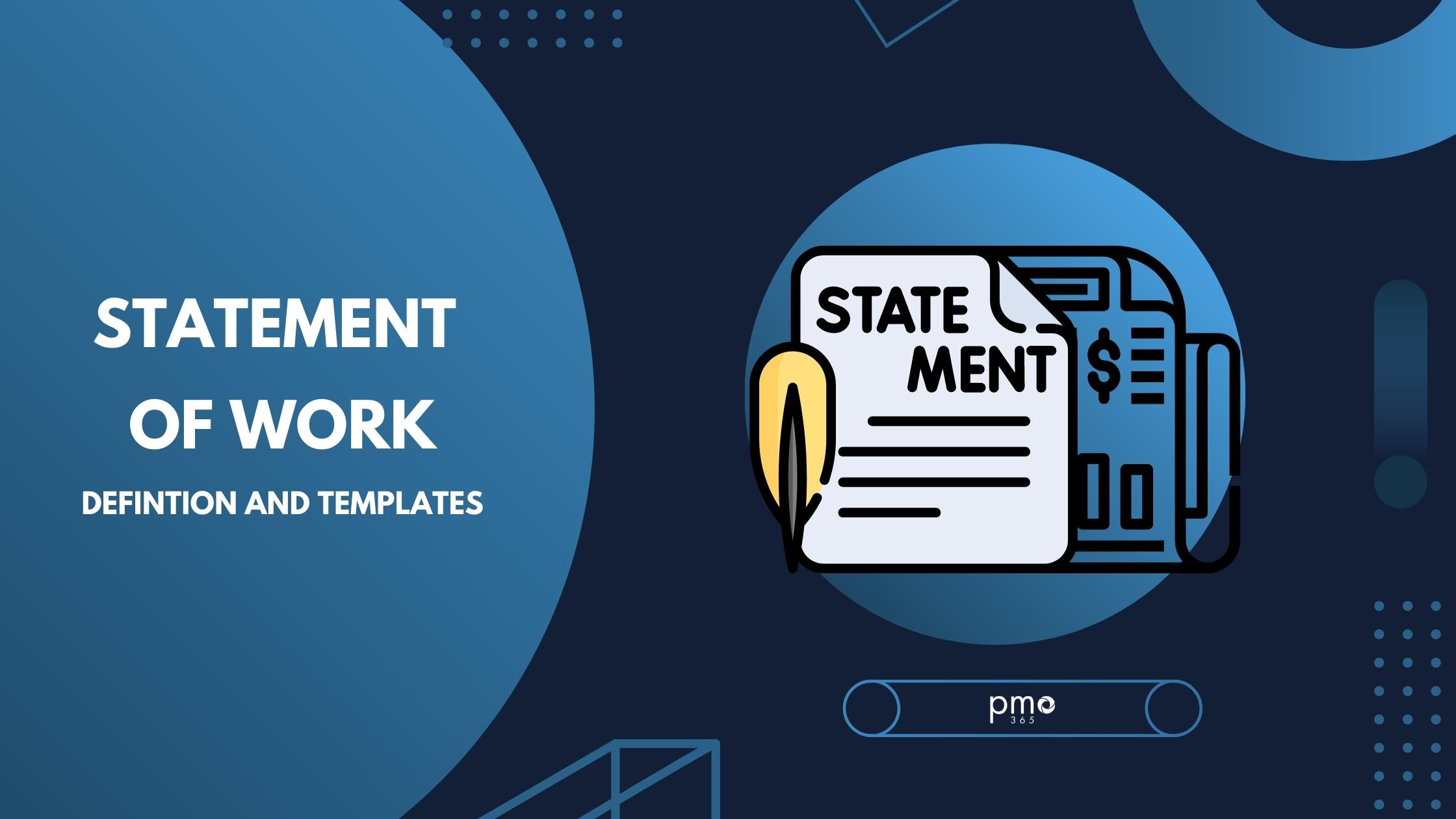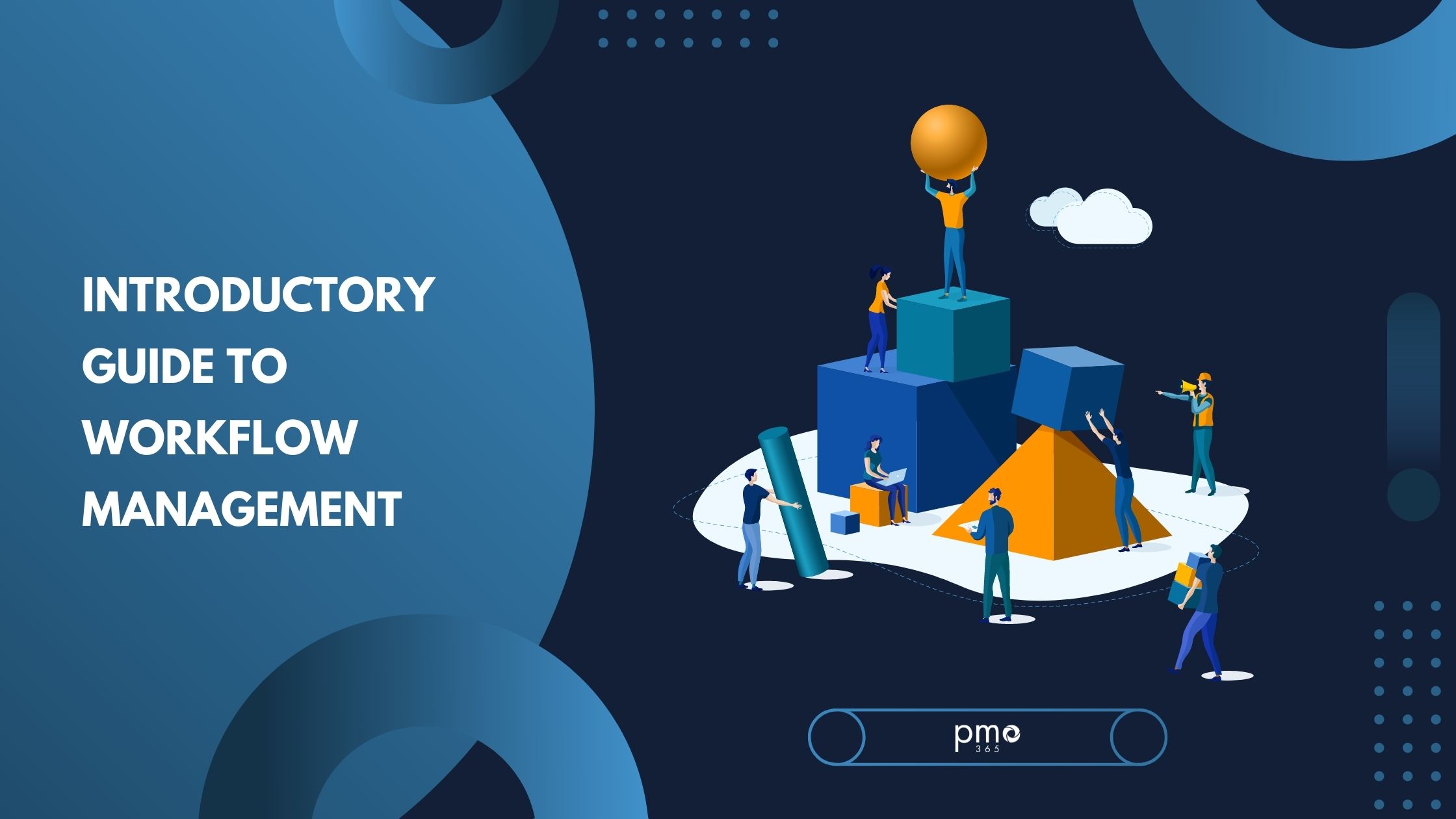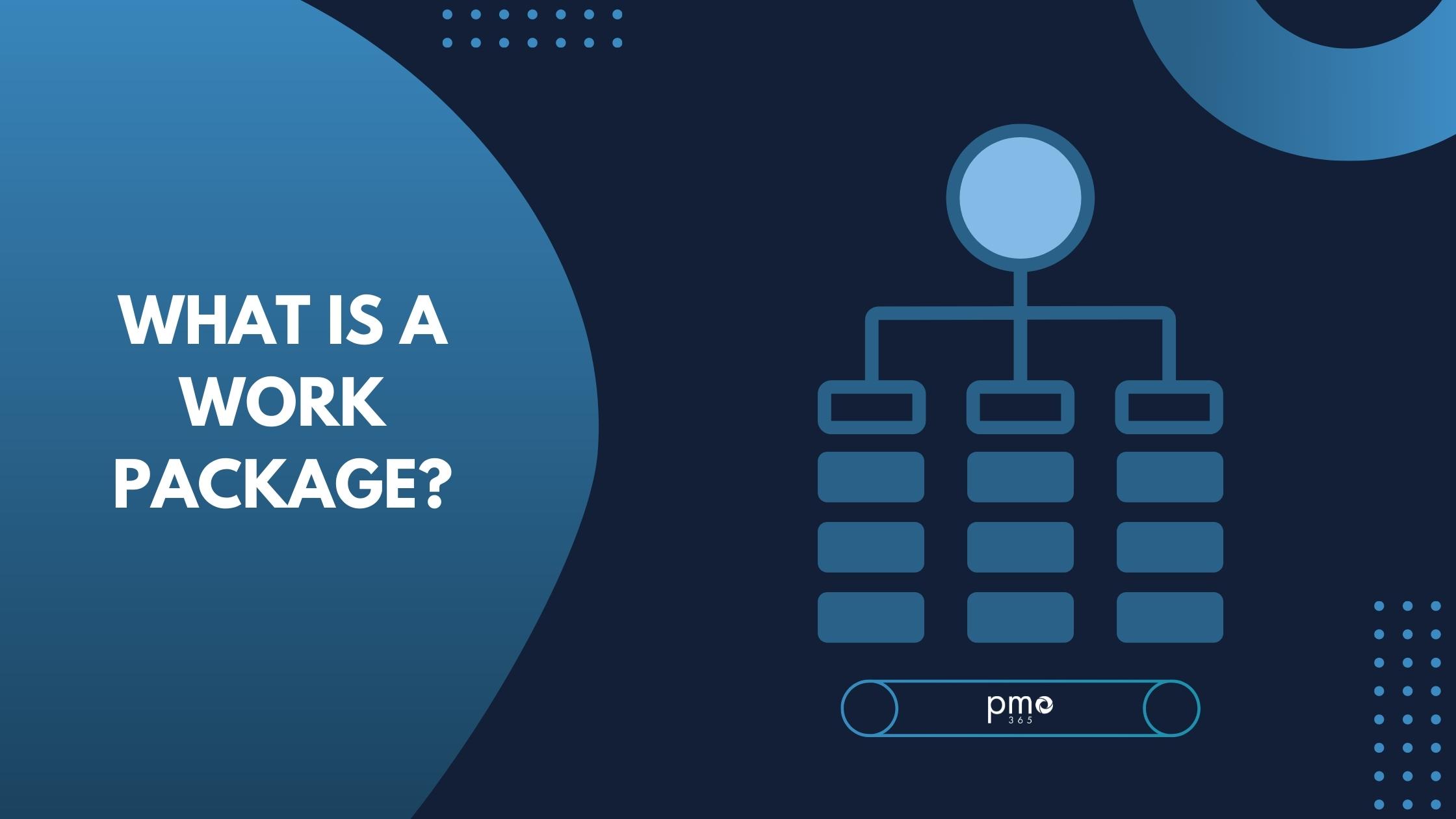Now, more than ever, innovation is driving success. The innovations of successful companies give them their competitive edge. But all organisations need to maintain relevance and market share. As a result, many adopt innovation frameworks to manage the process of developing new ideas. So, what exactly is an innovation framework and how do you choose the right one for your business?
What is an Innovation Framework?
Innovation frameworks are formal structures designed to help tap into ideas, evaluate their strengths, and build strategies to turn them into genuine business opportunities. An effective innovation framework:
-
- Taps into existing ideas or encourages the generation of new ones.
-
- Evaluates the strengths and weaknesses of each proposal.
-
- Assists stakeholders to make informed decisions about their value.
-
- Builds strategies to turn viable ideas into value-generating opportunities.
Why your organisation needs an Innovation Framework
Setting up an innovation framework can be expensive – both in terms of time and cost involved. However, the investment can reap big rewards. Here’s five key reasons why you should consider an innovation framework:
An innovation framework model helps to solve problems
Innovation frameworks draw on the best resources available so they intrinsically address your business problems. When you encourage the input of employees familiar with issues affecting the organisation, you tend to find the best solutions.
Innovation frameworks help businesses adapt to change
The increasing rate of technological change means business must be adaptable to stay relevant. An innovation framework fosters a culture of innovation. It sends a clear signal to your employees and stakeholders that your organisation embraces change, rather than resists it.
An innovation framework model helps maximise global opportunities
Greater interconnection with international business creates opportunities to change and adapt business practice. Global enterprises can use an innovation framework to apply practices which have solved issues elsewhere. Thus, good strategy translates innovations across cultures and regions and unites many organisational processes.
Innovation frameworks help evolve workplace dynamics
By 2025, we expect millennials to form the largest percentage of the global workforce. With that change we can expect a very different outlook and workplace culture.
Innovation frameworks assist organisations to adapt to their changing culture. They learn to harness the benefits and skillsets their employees bring to the workplace. With generational change in the workforce, innovative organisations are better placed to harness its technological, creative, feedback-driven, collaborative culture.
Innovation frameworks help business adapt to changing customer needs
As customer needs and preferences evolve, growth teams may struggle to keep up. However, employees on the ground are often better placed to identify gaps in the market. By encouraging a culture of innovation, you create opportunities to keep the offering fresh, relevant, and genuinely useful to customers.
How to Develop an Innovation Framework
Innovation frameworks are difficult to get right. There’s no ‘one-size-fits-all’ solution. Every organisation has different goals and internal structures to address. Furthermore, just implementing an innovation framework is not the end of the matter. Organisations must also find ways to encourage creativity and innovative thinking.
Innovation consultants at Doblin created 10 Types of Innovation Framework in the late ’90s. These identify the different emphases that a framework will have, and where it will sit on the value chain.
The 10 Types of Innovation Framework
Innovation can affect ten different elements of an organistion. These are categorised into three general features: configuration, offering and experience.

Configuration (blue) is innovation that focusses on the internal processes of an organisation.
Offering (yellow) is innovation in the product and/or service offering.
Experience (orange) is innovation in the customer experience.
The diagram above represents a map to assess your framework’s utility rather than a linear description of how all ideas are to be developed. The map helps identify all the strengths, weaknesses, and potential opportunities present in a business innovation. The innovation may not address all ten elements, but it could impact any number of them.
How Do I Apply Them?
So, an Innovation Framework corresponds any of the following organisational elements:
1. Profit Model
Profit Model deals with ways to improve the revenue and profit of an organisation. Even if the enterprise already has core activities that generate cash flows, it is still important to research innovative profit models. Here, you assess and evaluate what your customers value – and what their demands are – to create innovative ideas that increase profits.
2. Network
Network concerns the collaboration tactics of an organisation. In this global and digital era, companies must be connected to remain relevant. Organisations work together for mutual goals and interests. They should assess their internal capabilities to see if they can make a successful innovation by themselves, or whether they need networking or collaboration to bridge the gap. There are many advantages in joint innovation. These include risk sharing, increased access to skills and resources, and greater capacity to reap profits.
3. Structure
Structure deals with the management of the organisation’s assets. These include all tangibles and intangibles, such as capabilities, incentives, brands, building, resources, and IP. Companies should continually monitor the structure and design of their assets. By constantly evaluating your assets and asset mix, you can generate more value for your company.
4. Process
Process focuses on the efficiency of your business’ internal processes. Innovation in processes reduces cost, and opens up opportunities for new services and products. Process innovations largely affect the growth, scalability, and productivity of your business.
5. Product Performance
Product performance deals with both product-and-process innovation. This is the most common understanding of what we mean by innovation. Improving the performance and capabilities of your product is an obvious and, arguably, the most important area of your business. It means improving things like safety, performance, quality, price, accessibility, user-friendliness, and any other feature of your product or service. The best innovators are those who keep enhancing their product design and performance.
6. Product System
The product system focuses on merging products and services to enhance functionality and efficiency. Cost-intensive products, or stand-alone services, can be eliminated by merging some of those products or services together. This could mean enhancing and modifying products, services, or processes so they work with other products or services. The merged product or service will likely generate revenue and value greater than that of the individual products. For example, innovations may combine products and services, produce extensions, plugins, create a platform for third parties, and so on.
7. Service
Doblin recognises that it is vital to keep assessing innovative service opportunities. Service innovations improve the customer experience by adding to the usefulness and value of a particular product or service. For example, an organisation could choose to increase the accessibility of a product, and provide more information on how to use it. Exceptional customer service can make an ordinary product extraordinary, and may enhance brand reputation. As a result, your organisation improves its customer base and will grow.
8. Channel
This element focuses on methods to connect and build relationships with your customers. It’s concerned with the online and offline presence of your business. Businesses need to keep exploring and implementing new channels to connect with their customers. Different channels work for different kinds of products and services. However, it’s crucial to identify which channel is most suited to your organisation, and which provides a smooth and flawless connection to your customers.
9. Brand
Brand is the face of your business and, generally, how customers see you. Therefore, brand innovations are vital for standing apart from competitors. Brand innovations ensure that the business brand is preferred over competitors. The key to brand innovations is understanding your customers and their demands. It enables you to incorporate your customers’ interests into your marketing strategies, aligning the brand identity with their own.
10. Customer Engagement
Customer engagement focuses on improving your interaction and connection with customers. It is important to keep finding innovative methods of communication so that customers remain connected and loyal to your business. Engaging with customers is not only for marketing purposes – it also enables you to receive valuable feedback and data.
Conclusion: Where to next?
Innovation goes way beyond just creating new products. The top innovators are well-aware of the areas to explore potential. The top 10 Types of Innovation Framework offers a guide to thinking more broadly about developing new opportunities for your organisation.
To find out more about Innovation Frameworks and how to build them, see more from our blog.


